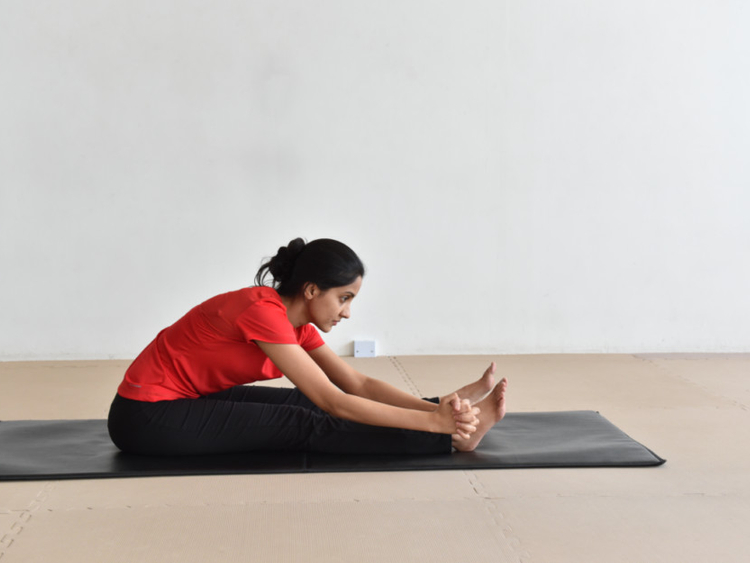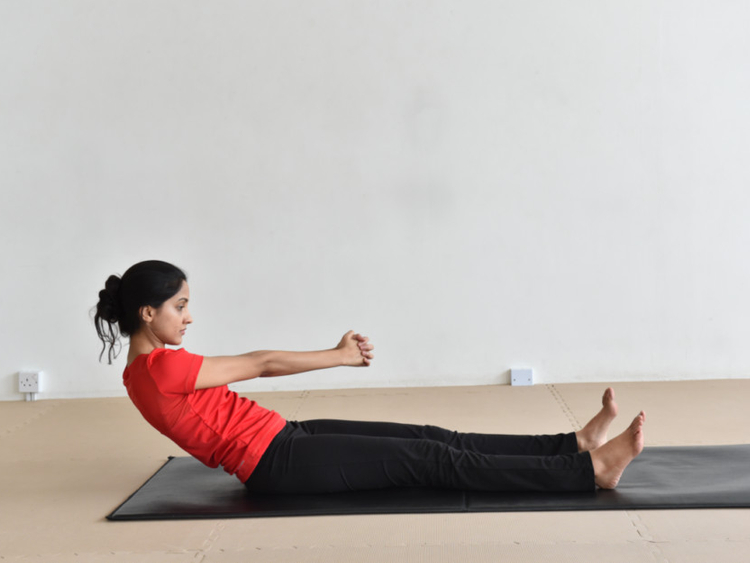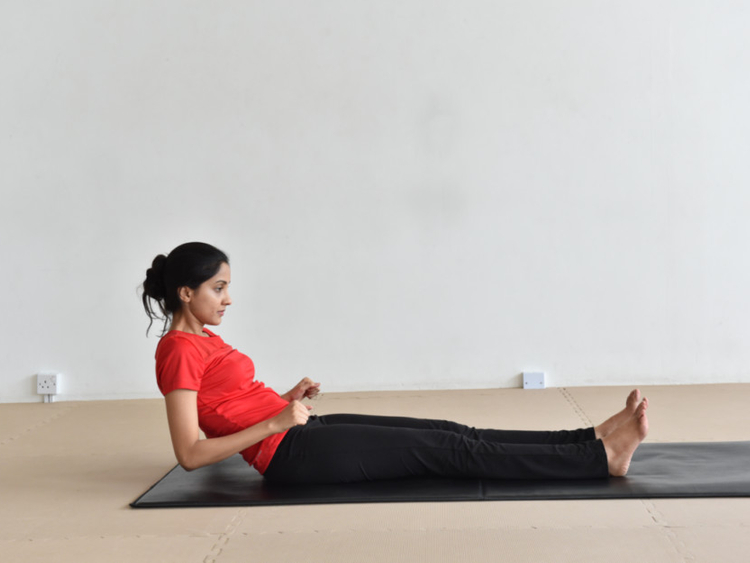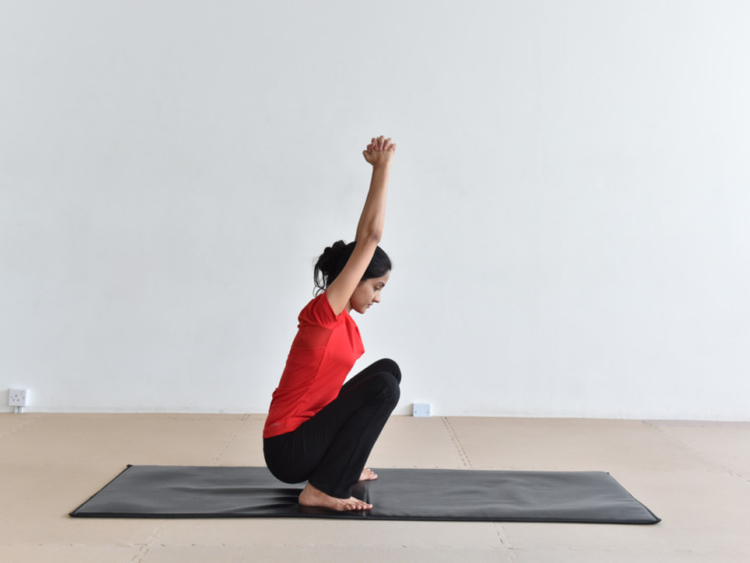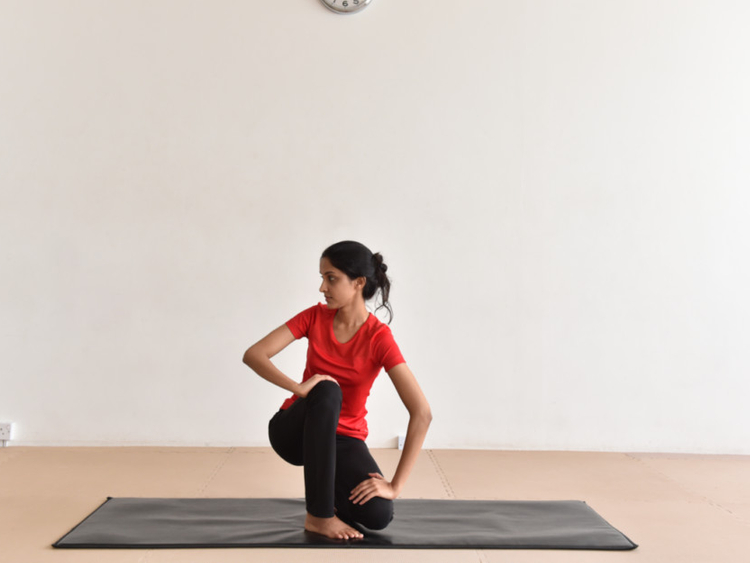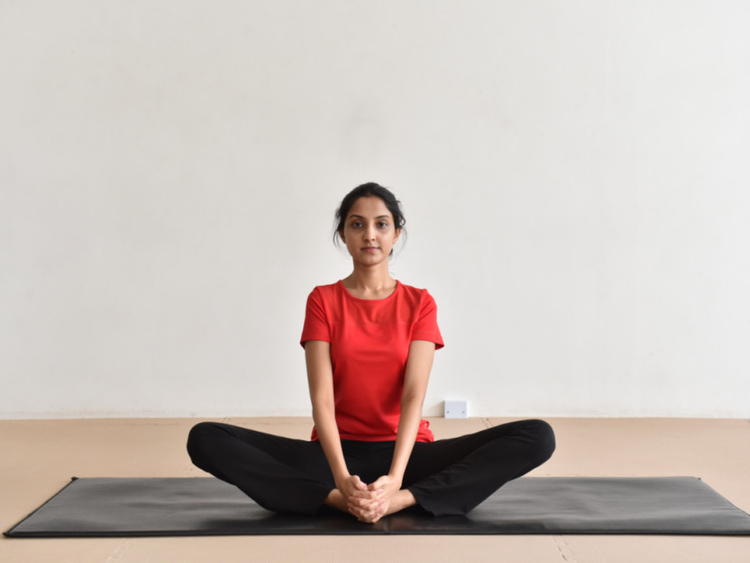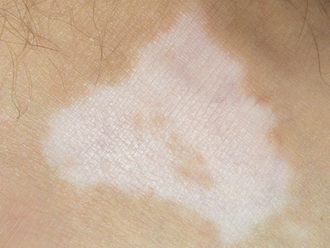
The pelvis is the connecting region between the trunk and the lower limbs. The pelvis consists of the hip joint, sacrum and coccyx.
The hip has a ball-and-socket joint, which consists of a ball-shaped bone above the thighs that fits into a socket in the pelvis. The sacrum is the large bone present above the tail end of the spine. Coccyx or the tail bone is found at end of the vertebral column. Pelvis is home to reproductive organs, lower end of the digestive tracts and bladder.
Stiffness in the region is a common issue which can result from inactive lifestyle, bad posture, inadequate blood flow, sciatica and hip-related conditions. Pelvic stiffness is also common among athletes and golfers due to tight hamstrings, quadriceps and lower back muscles.
The yoga approach
A number of neuromuscular knots are formed in the pelvic region due to inflexibility and stagnation of energy. This may affect digestion, cause menstrual problems and lead to reduced vitality. Practising shakti bandha asanas (energy block postures) can help relieve stiffness, tiredness, pain and energy stagnation from the pelvis.
Begin with pawanmuktasana series described in tabloid! (August 1) and a set of 12 suryanamaskars (sun salutations) to loosen up. Shakti bandha asanas also fall under the pawanmuktasana category and a few of them are described below.
Chakki Chalanasana (churning the mill)
Sit with your legs stretched out about one foot apart. Interlock your fingers and hold your arms out straight in front of the chest.
Bend forward as far as possible.
Move from right to left in the clockwise direction from the waist. Lean back as far as possible on the backward swing.
Inhale as you lean back and exhale forward.
Practice 5 to 10 rounds clockwise and then the same number of rounds anti-clockwise.
Nauka Sanchalasana (rowing the boat)
Continue sitting in the same posture. Breathing in, lean back as far as possible, drawing your hands back towards the shoulders. Breathe out and bend forward to your maximum while you stretch your arms forward. This is one round. Your hands should make a complete circular movement in every round, moving up the sides of the legs and trunk. Legs should be kept straight throughout.
Practise 5 to 10 rounds.
Kashtha Takshanasana (chopping wood)
Sit in the squatting position with your feet flat on the floor and about half feet distance between them. Your knees remain fully bent. Raise your arms as high as possible above and behind the head, stretching the spine upward. Look up towards the hands. Make a downward stroke with the arms, as if you’re chopping wood.
Expel through the mouth making a “hu!” sound to remove all the air from the lungs. This is one round. Practise 5 to 10 rounds.
Udarakarshanasana (abdominal stretch pose)
Sit in the squatting position with the feet apart and the hands on the knees. Breathe in deeply. Breathe out, bringing your knee to the floor near the foot. Using your hand as a lever, push the other knee up, simultaneously twisting.
Try to squeeze the lower abdomen. Hold the breath out for 3 to 5 seconds in the final position. Breathe in when returning to the starting position. Repeat on the other side of the body to complete one round. Practice 5 rounds.
Follow up with the remaining stretches and relax in shavasana (corpse pose) before your carry on with your day.
Benefits of shakti bandha asanas
Benefits of practising these postures also include the following due to increased flexibility and blood flow in the pelvic region.
Improves flexibility in lower back, knees and ankles.
Tones the nerves and organs of the pelvis and abdomen.
Help in relieving constipation.
Improves digestion.
Regulate menstrual cycle.
Note:
These postures are good for pregnancy also provided there is no pre existing medical condition. If you are elderly or have joint problems or chronic back issues, seek professional advice before commencing practice.
NEXT WEEK: Yoga for uterine prolapse.



